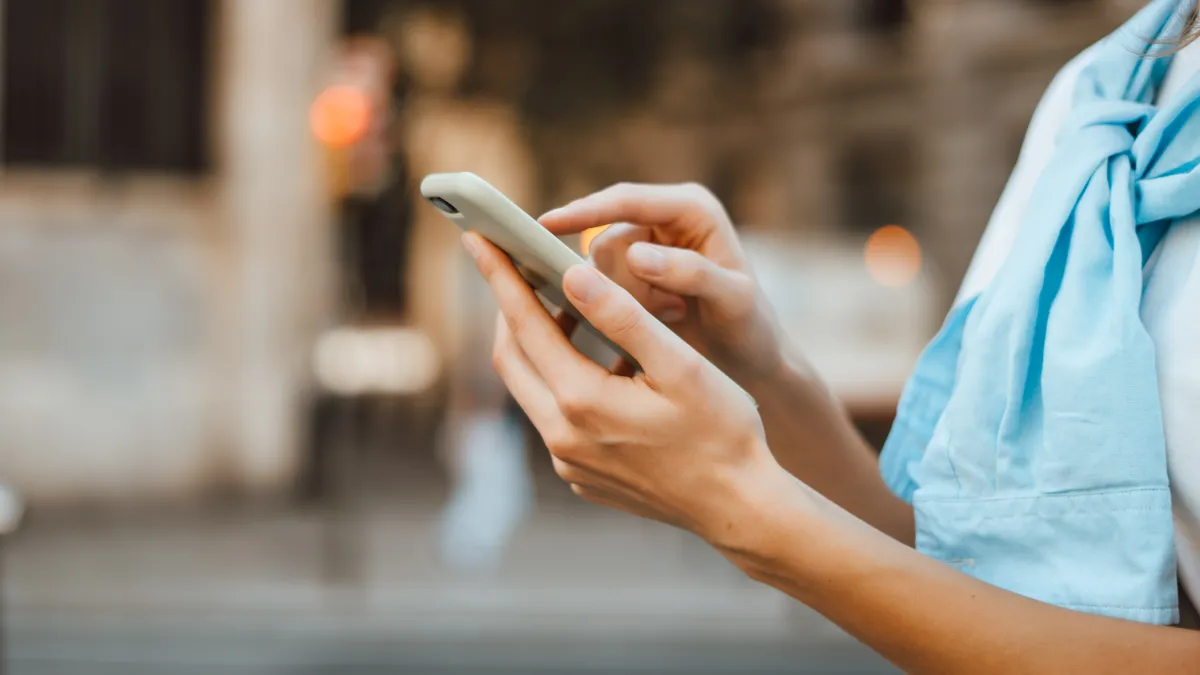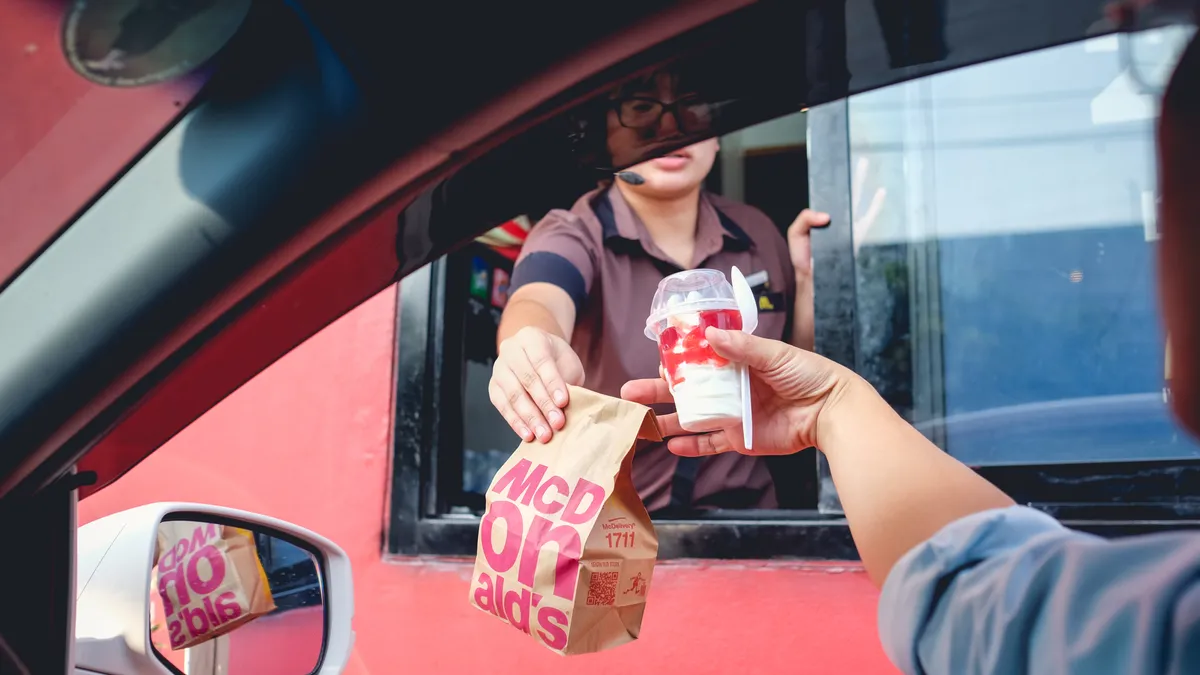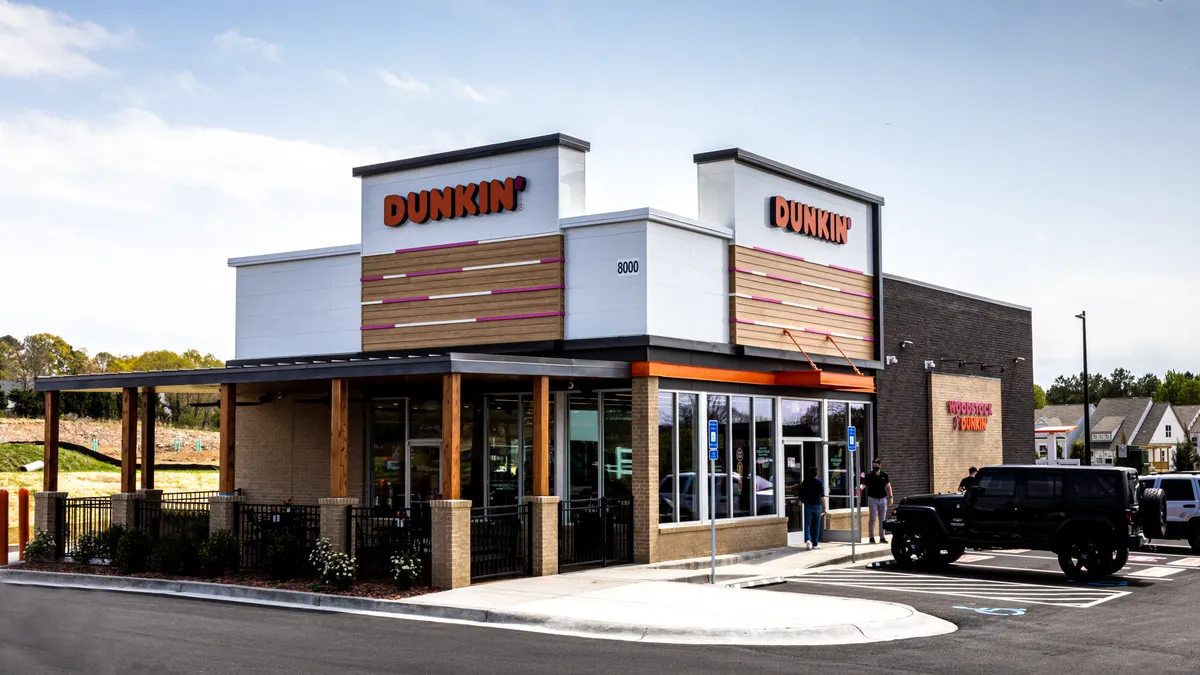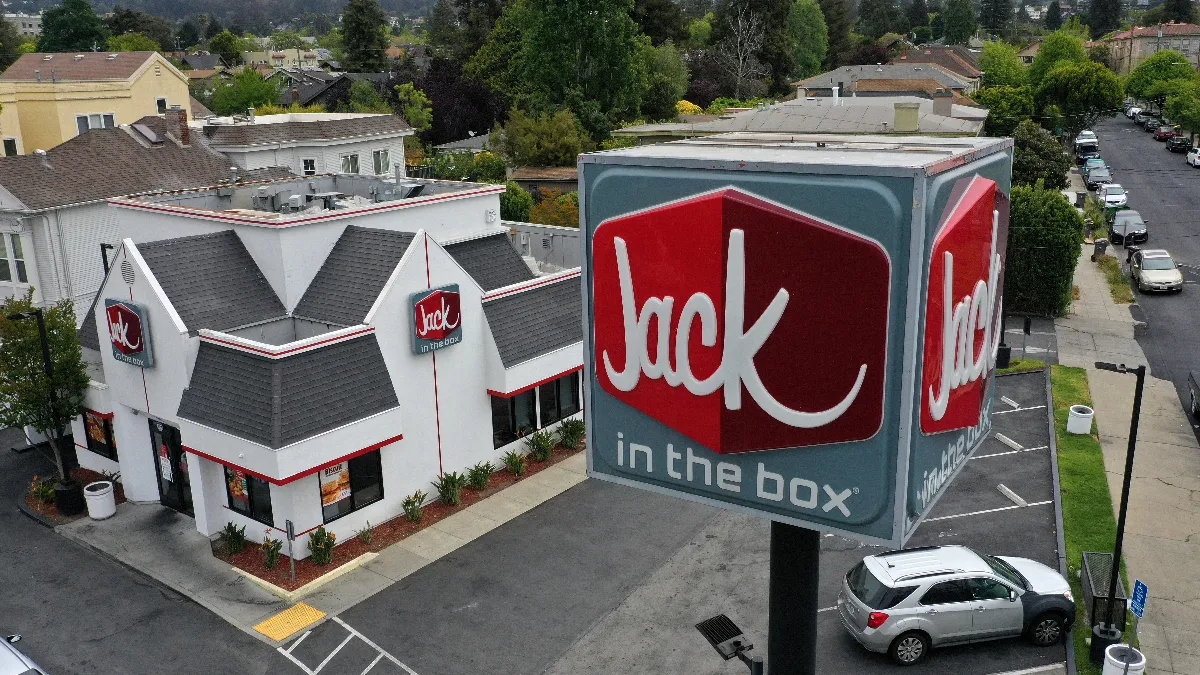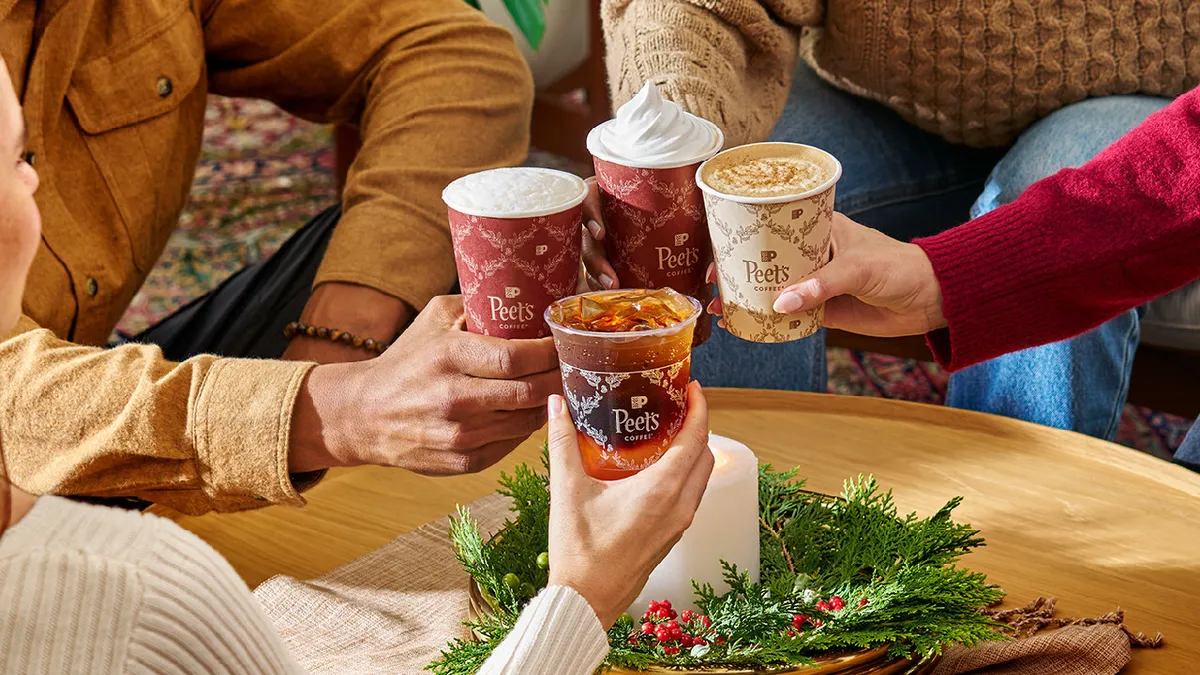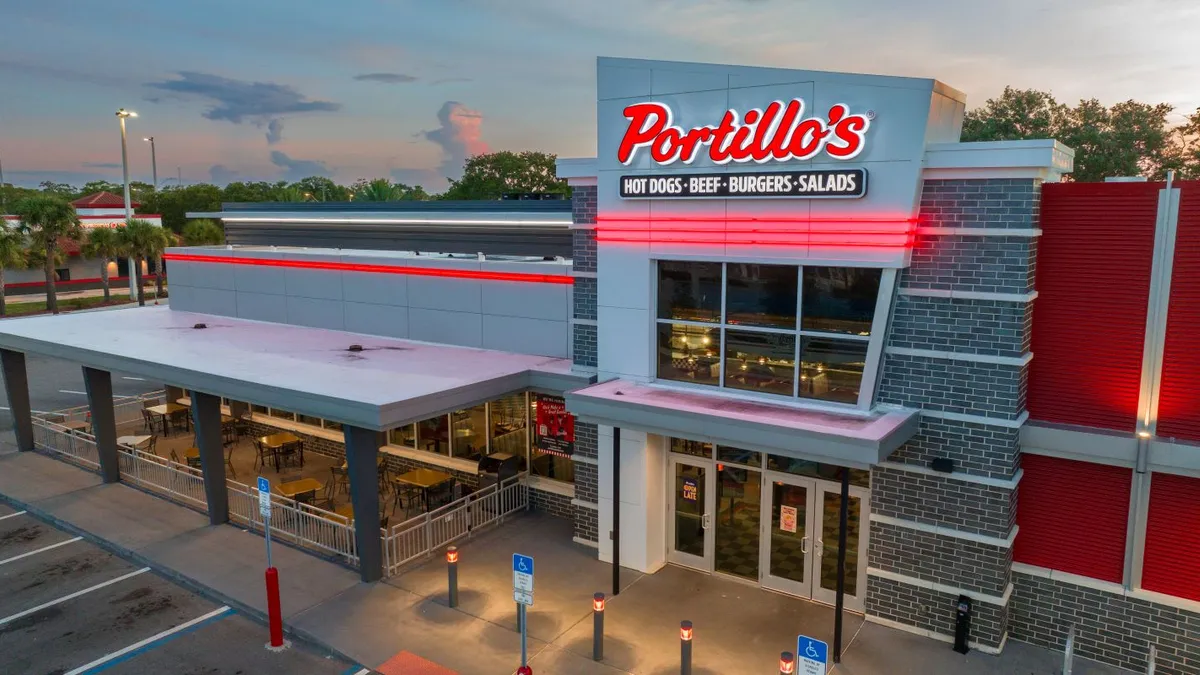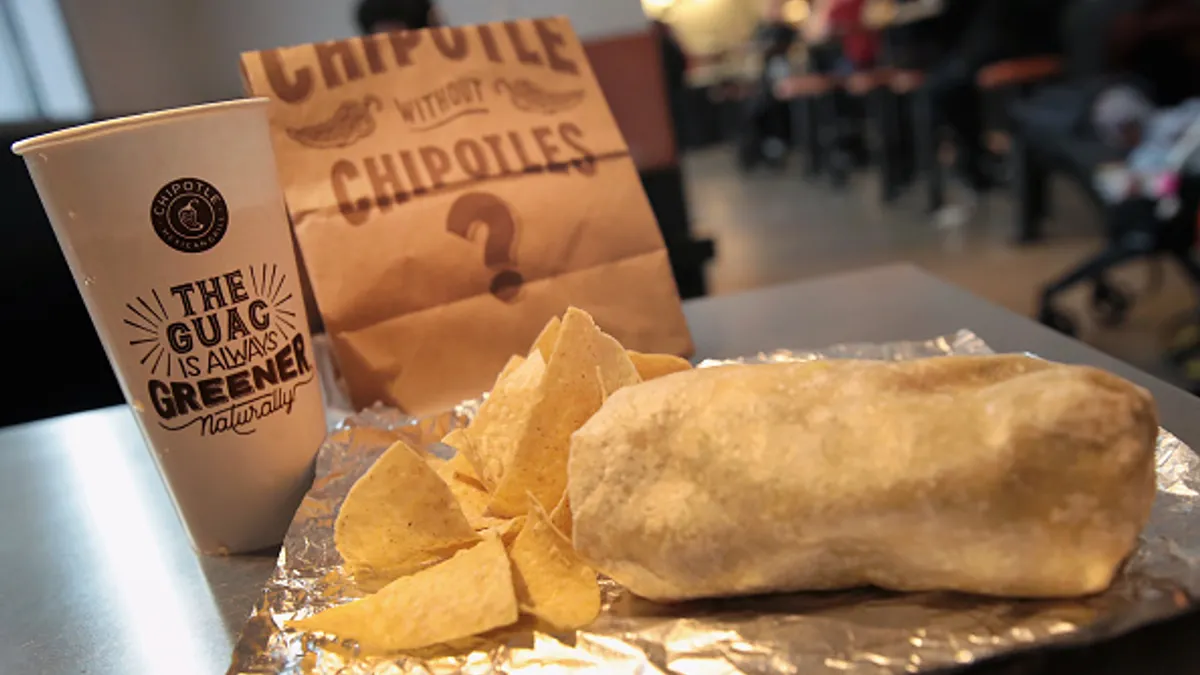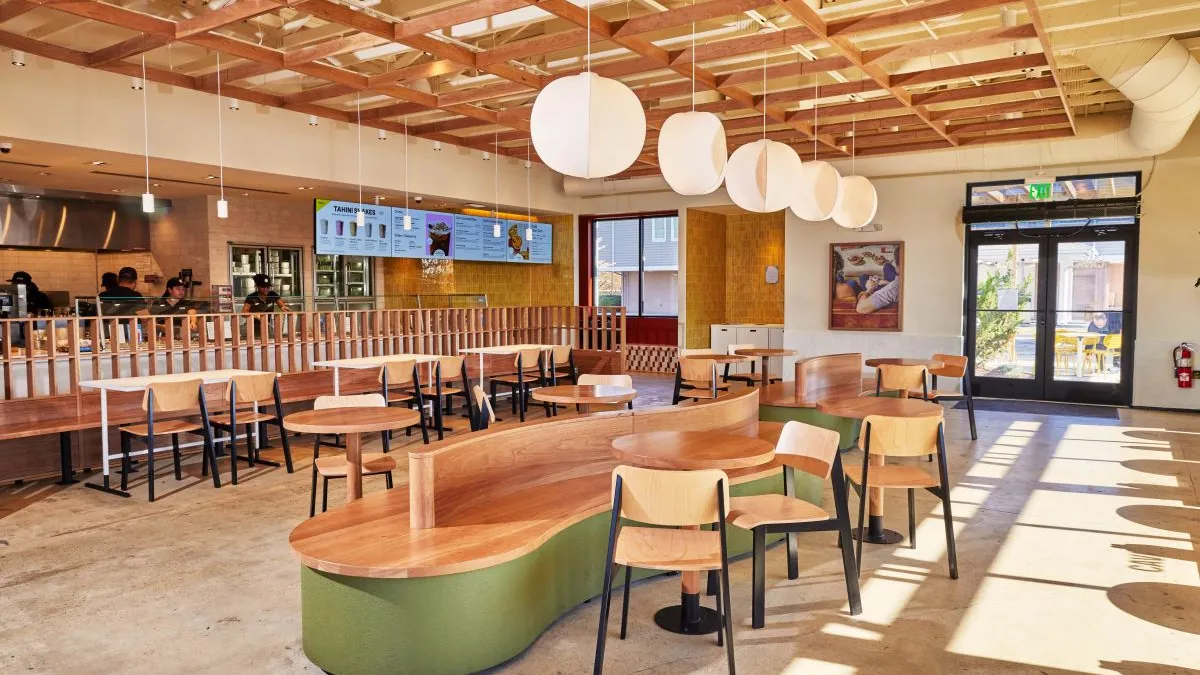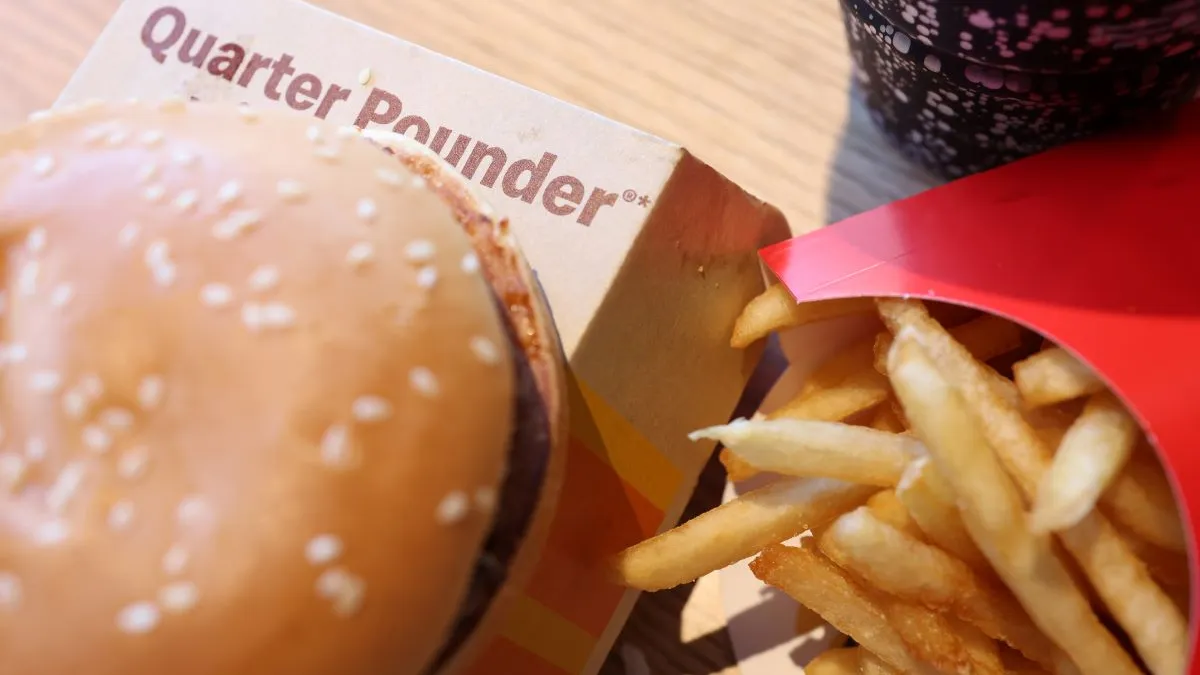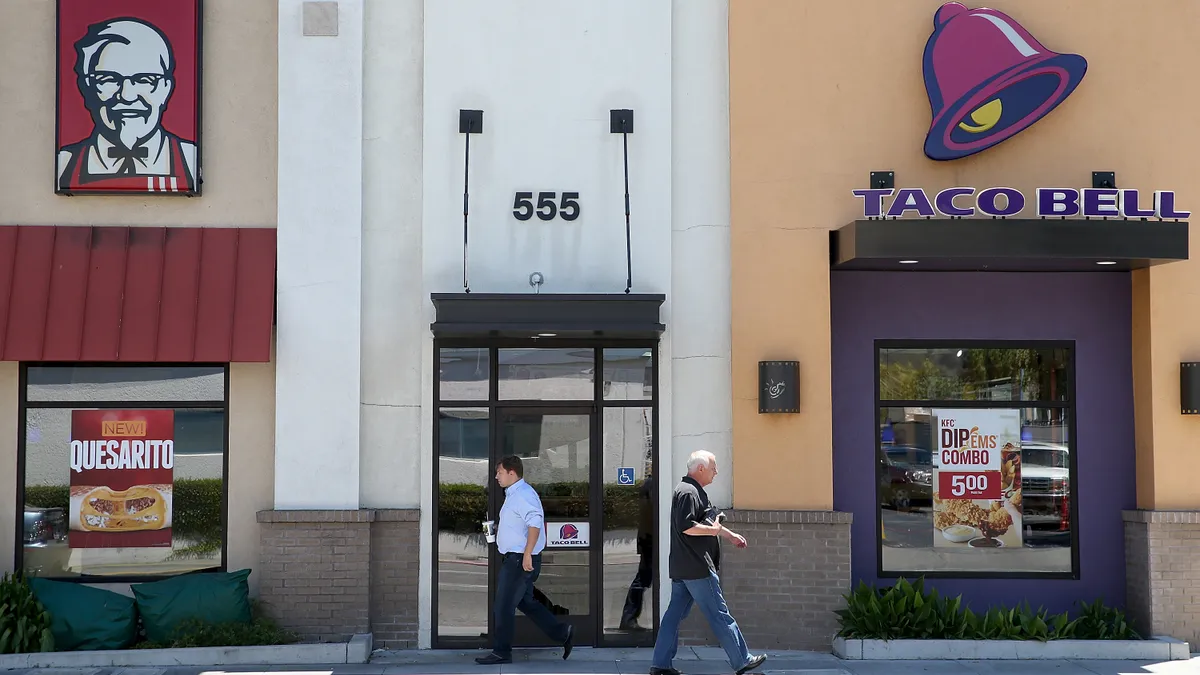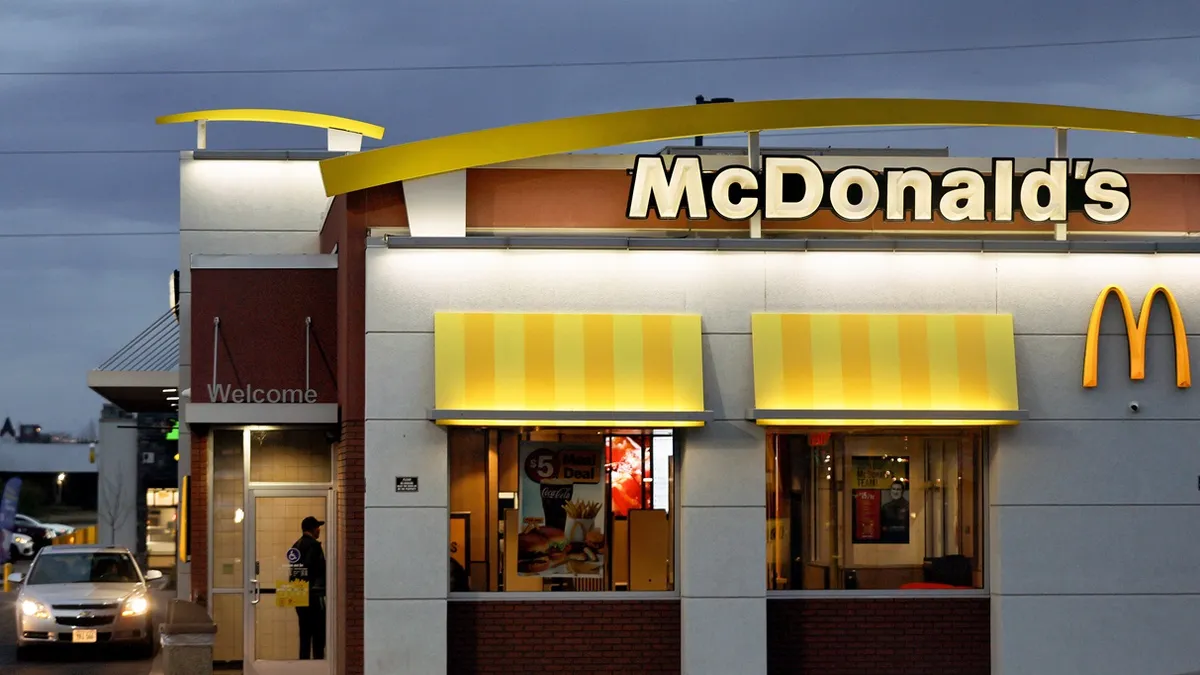In today's world there is no denying that apps have changed the way we get things done, whether it's shopping, banking or dining. Yet as restaurateurs look to create a connected guest experience, there are challenges to making that a simple, seamless experience. Diners have quickly embraced contactless payments via their mobile devices, as well as seamless online ordering experiences and online reservation systems. While some diners have glimpsed what a connected restaurant experience can deliver, for many customers using restaurant apps today the reality falls short of expectations.
Many diners have come to expect the digital convenience that a connected restaurant experience can deliver, making technology a top priority for the restaurant community. In fact, a recent Hospitality Technology study found in 2021 that the number one goal for restaurant tech investment is improving digital customer engagement.
The hospitality experience in a restaurant has always been important to diners, but now that experience is just as important whether guests are eating in the restaurant or at home. Guests look to technology to help simplify their dining experience, previewing new menu items before making a reservation, and ordering ahead to eliminate waiting at the table or finding real-time status updates on deliveries.
Throughout the pandemic, consumer expectations have also evolved as restaurants adopted new technologies. For example, when ordering curbside pickup, diners expect a seamless online ordering experience. Or when dining in, diners immediately look to scan a QR code for everything from menus to payment.
While we've all had to adapt during the pandemic, restaurants that haven't evolved to this new normal may struggle to remain competitive. Think of the local mom and pop restaurant that only takes cash or doesn't accept digital contactless payment, such as Apple Pay or Square cash. The same Hospitality Technology study showed that 33% of restaurants plan to add the ability for customers to pay via mobile device for the first time while 33% are looking to add ordering via mobile device for the first time. Technology has altered what consumers expect from restaurants and consequently where they dine out.
Amid the pandemic, many restaurants quickly adapted to these demands, adopting interim or stop-gap solutions to lure hungry diners. As we begin the transition into a post-pandemic world, restaurants should re-evaluate their technology needs to ensure they address their customers' expectations across in-person dining, delivery and takeout – while still delivering a consistent guest experience.
Consumers have grown accustomed to the ease of using apps to navigate their everyday touchpoints — whether that's ordering their coffee en route to the coffee shop or lunch hanging on their door for contactless delivery. For mid-market restaurants, the urge to create a standalone app can be tempting.
Consider the cost of investing in building an iOS and Android experience and maintaining it compared to the frequency of customer visits. Is your restaurant designed for a daily dining experience per customer? Monthly? The necessary investment for an app can easily outweigh the benefits.
Consumers expect an app to address every possible challenge, question or need. From questions about locations to current menus, consumers look to mobile apps to help make informed dining decisions. Having to manage dozens of individual restaurant apps is a frustrating experience for consumers. But apps that let diners make multiple decisions via one platform — such as searching restaurants, making reservations, browsing menus and placing orders for takeout and delivery — make it easy for restaurants to connect with diners without adding "IT consultant" to a server's resume.
In an era of smartphone dining, leveraging a thoughtful suite of software-as-a-service products can also maximize operating costs and increase efficiency for staff, helping to streamline front-of-house operations so staff can focus on other parts of the guest experience. Investing in the right mix of technology can also help offset rising costs in other areas, like inventory.
Restaurants should be applauded for how quickly they adapted to the COVID-19 pandemic and embraced new technologies. With the end of COVID-19 restrictions on the horizon and diners returning to restaurants with enthusiasm, restaurants of all types should reconsider the investments they've made in the dining experience to ensure a great connected experience for their customers, whether they're in the restaurant or on their couch.


